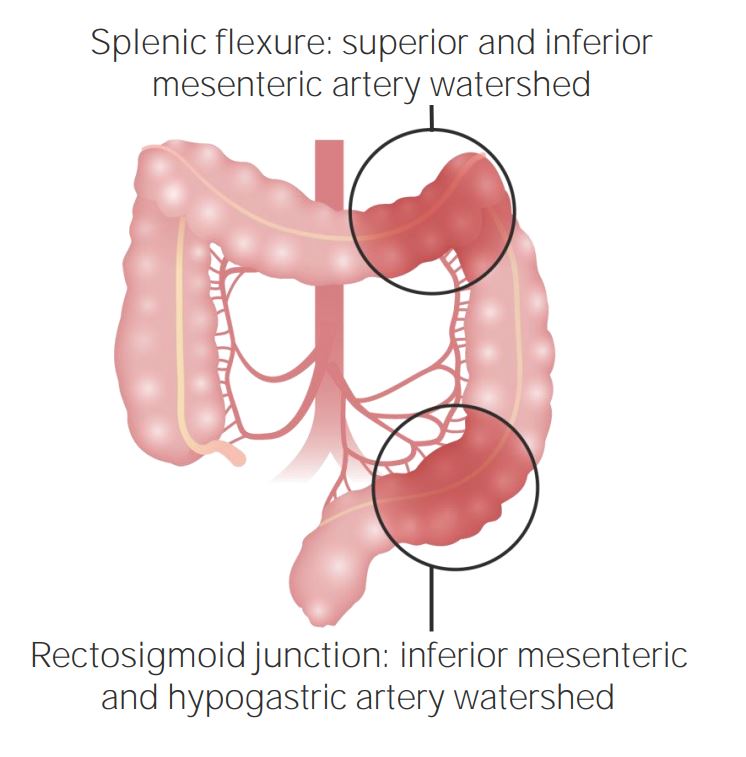Playlist
Show Playlist
Hide Playlist
Function vs. Morphology of Cellular Injury
-
Slides Cellular Pathology Patterns of Injury and Cell Death.pdf
-
Reference List Pathology.pdf
-
Download Lecture Overview
00:00 Okay, so we've done from reversible to irreversible. 00:05 Let's look at this in a slightly different way. 00:08 An important point as we looked down the microscope, we try to understand cell death, tissue death, organismal death. 00:17 Is that an injury? Well, very early lead to diminished self function. 00:23 The cell won't be dead, but it won't be functioning. 00:26 Good example of this. 00:27 In myocardium in the heart, if I have occlusion of a vessel and no blood getting to the distal heart, that heart won't die until 20 to 30 minutes of occlusion, so it will be still viable. 00:40 But it won't have enough ATP to beat, to have it's normal cell function within about a minute. 00:48 So self function is lost far sooner than cell death actually occurring. 00:55 So that's what you see when we have our initial cell injury. 00:59 There's an effect on cell function first, and then we start seeing cell death. 01:04 But interestingly, we know from experimental data, that cell death happens at a certain time frame, depending on the cell type etc. 01:14 But our ability to see it and to visualize it is delayed. 01:18 So if we look by electron microscopy, there's been cell death for an hour. 01:23 We can't see it until, there's been sufficient change in the cellular architecture for us to recognize by electron microscopy. 01:30 So that's the ultra structural change. 01:33 And by light microscopy, we may have to wait for six hours to go by before we can recognize cells is being dead. 01:41 And then, if we're holding a tissue in our hand, we know it's clearly dead. 01:45 But it may be difficult to recognize gross morphological changes for days. 01:52 So we have a lots of function very quickly cell death occurring thereafter. 01:56 But our ability to recognize it even as magical pathologists may be delayed because it takes time for the changes to occur. 02:04 So that may mean that a patient will die acutely of a myocardial infarct. 02:09 They have big time damage to the heart and it quits working and the cells were dead. 02:15 But we cannot demonstrate that even with our best assays, for you know, unless they live for six hours after the original insult. 02:27 So on this slide, kind of what we just said in diagramatic form, inwards functional changes, perceived morphological changes. 02:36 The morphological changes are seen with a time lag, and it's very dependent on the sensitivity of the assay method. 02:42 Electron microscopy versus light microscopy versus gross evaluation. 02:47 So minutes to hours, we can see changes at the ultra structural level. 02:52 But it may take hours to days to see it by the other mechanisms. 02:55 Okay, so that's kind of how we recognize it. 02:58 Let's look at some forms of cell death and how we know that cells are dead.
About the Lecture
The lecture Function vs. Morphology of Cellular Injury by Richard Mitchell, MD, PhD is from the course Cellular Injury.
Included Quiz Questions
Which of the following is the first to occur after cell injury?
- Diminished cell function
- Cell death
- Ultrastructural changes
- Light microscopic changes
- Grossly visible changes
Which of the following statements is true?
- Morphologic changes are seen with a time lag.
- Cell death occurs after the morphological changes have already manifested.
- Cell death may precede functional loss in some tissues.
- Gross changes first appear minutes to hours after cell injury.
- All assay methods have comparable sensitivity.
Customer reviews
5,0 of 5 stars
| 5 Stars |
|
1 |
| 4 Stars |
|
0 |
| 3 Stars |
|
0 |
| 2 Stars |
|
0 |
| 1 Star |
|
0 |
too good, best pathology professor! He explains the concepts in very precise way and gives the right information.





